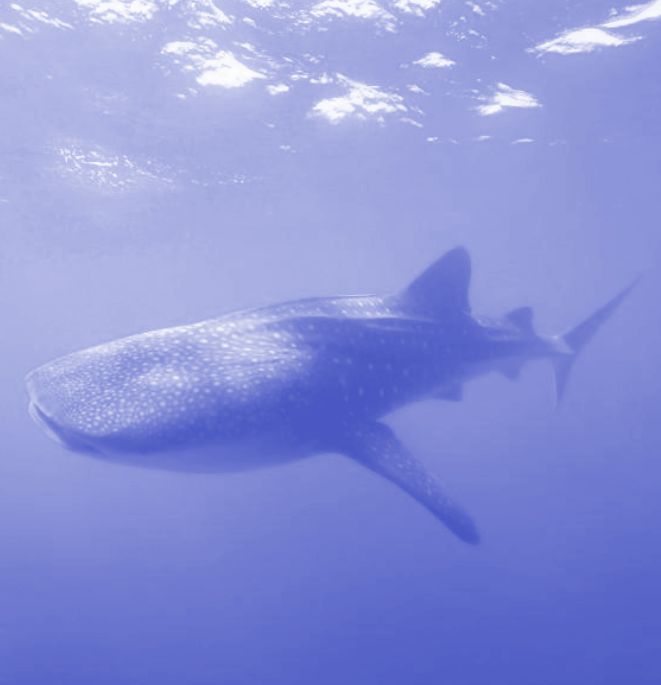Single shark traces chased
 Whale sharks shed their DNA into seawater via their skin, and researchers are now following this trail to track the mysterious megafauna.
Whale sharks shed their DNA into seawater via their skin, and researchers are now following this trail to track the mysterious megafauna.
A new research tool involving the simple task of filling a bottle with seawater is allowing scientists to track individual whale sharks and monitor their populations.
Experts from the Australian Institute of Marine Science (AIMS) have used the smallest genetic clues in the seawater to track these gentle giants, using a method called ‘eDNA haplotyping’.
While environmental DNA (eDNA) has been used in the past to monitor the presence of certain species, the new method can detect the genetic signature of individual whale sharks just by analysing seawater.
Despite their large size, whale sharks are notoriously challenging to track. But like all marine species, whale sharks shed their unique DNA codes into the ocean - known as environmental DNA or ‘eDNA’ - via skin, faeces, blood, mucus, sperm and other biological material.
Scientists collected this eDNA by visiting known whale shark ‘hot spots’ at Ningaloo Reef, where the team swam behind whale sharks and filled small bottles with seawater. The team then analysed the seawater samples through a process called eDNA haplotyping.
To confirm the signature of each shark the team also collected tissue samples of 28 whale sharks and compared the results.
They found that the tissue biopsies successfully matched, with high accuracy, all the individual whale shark’s eDNA.
The experts behind the research say it could go beyond whale sharks and be applied to other species at risk.








 Print
Print